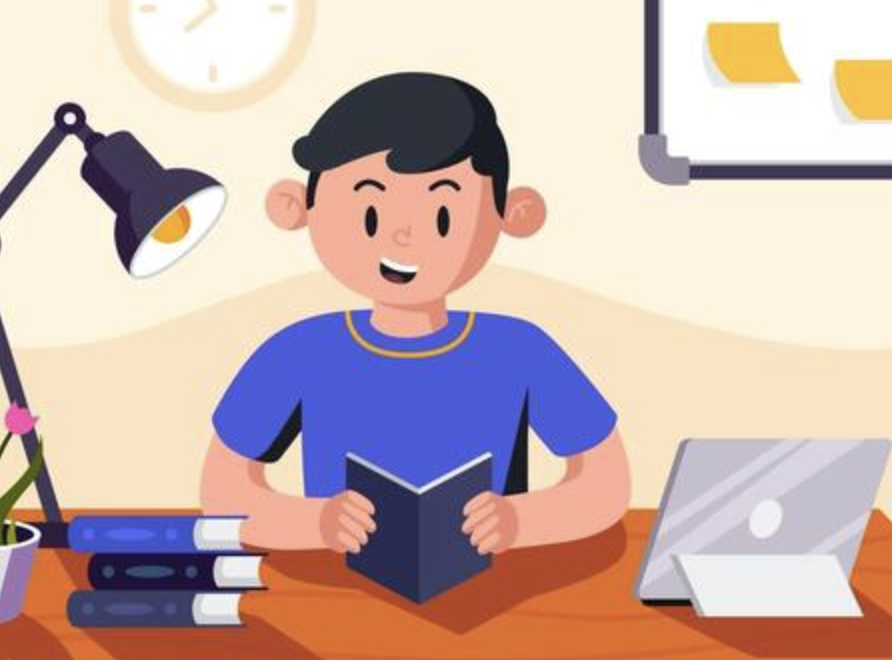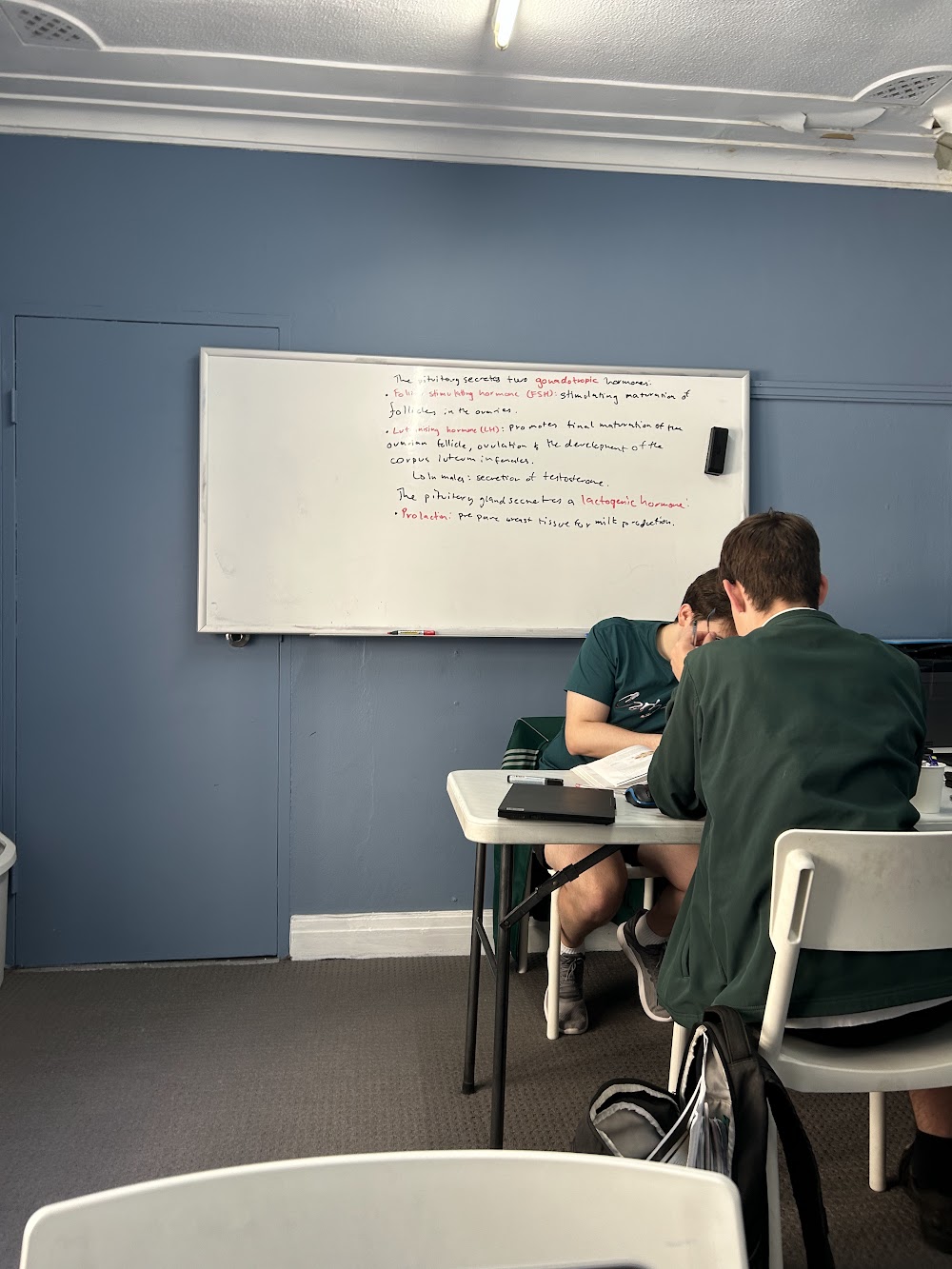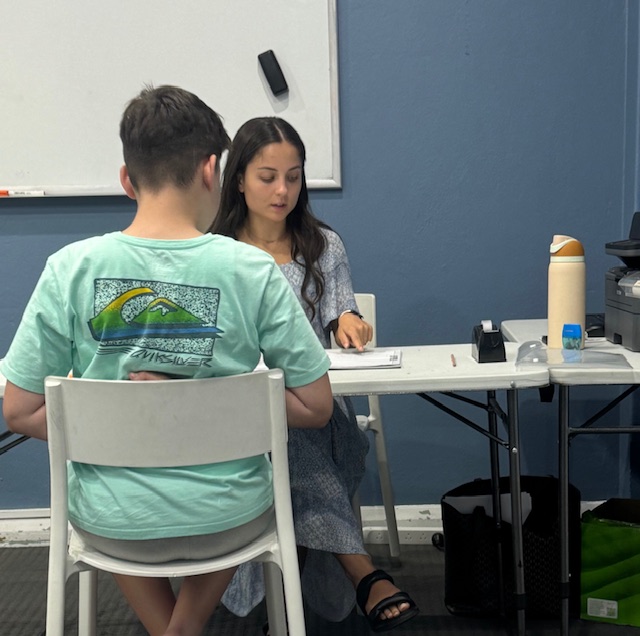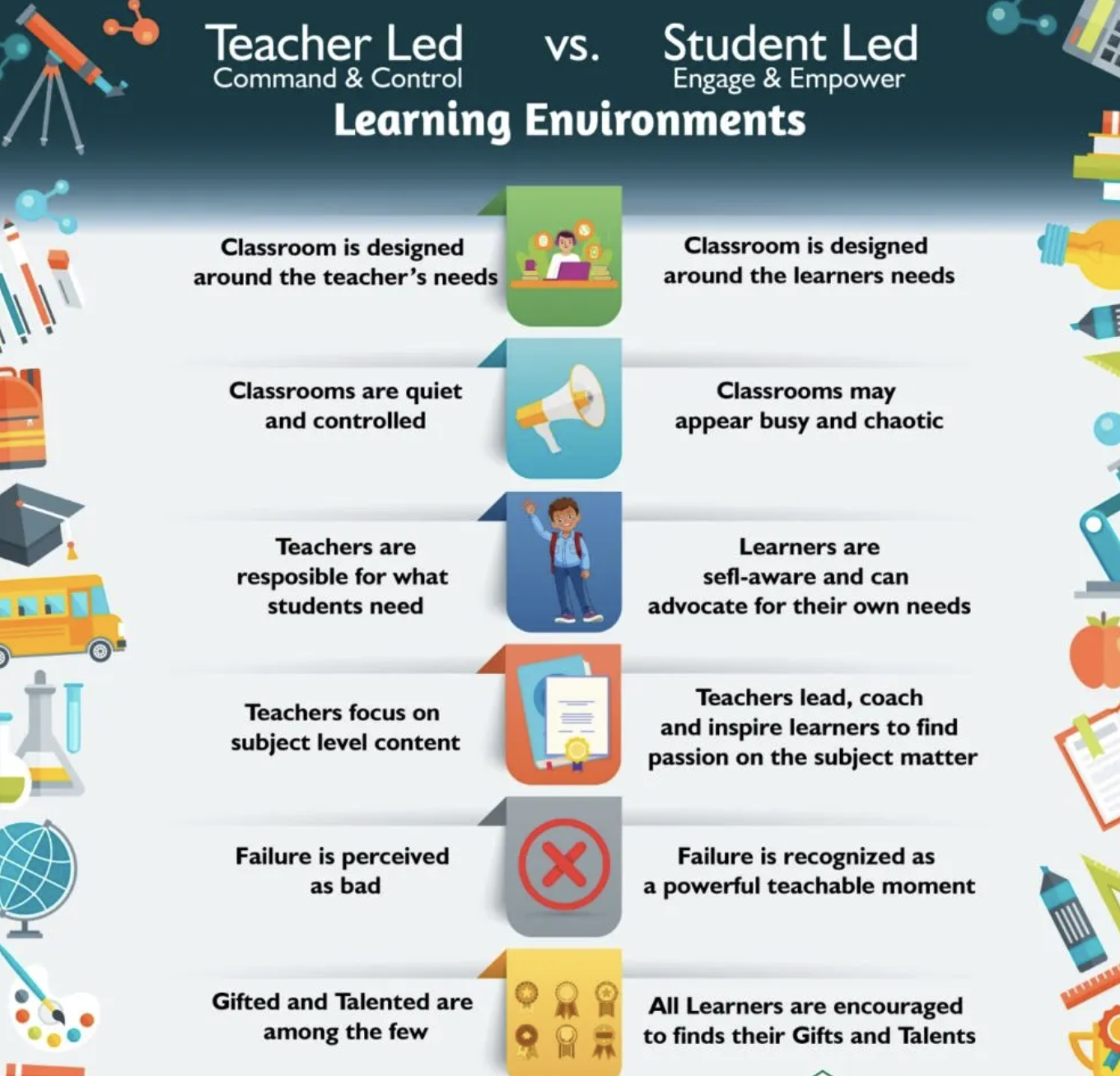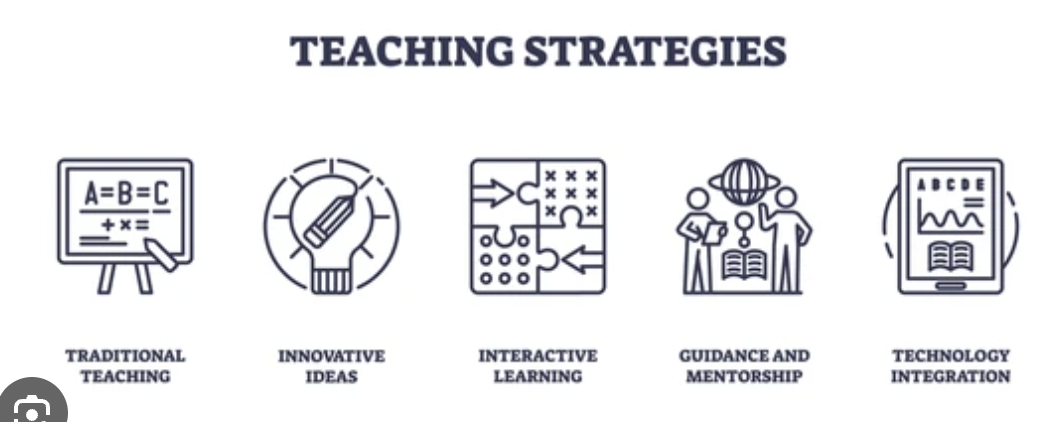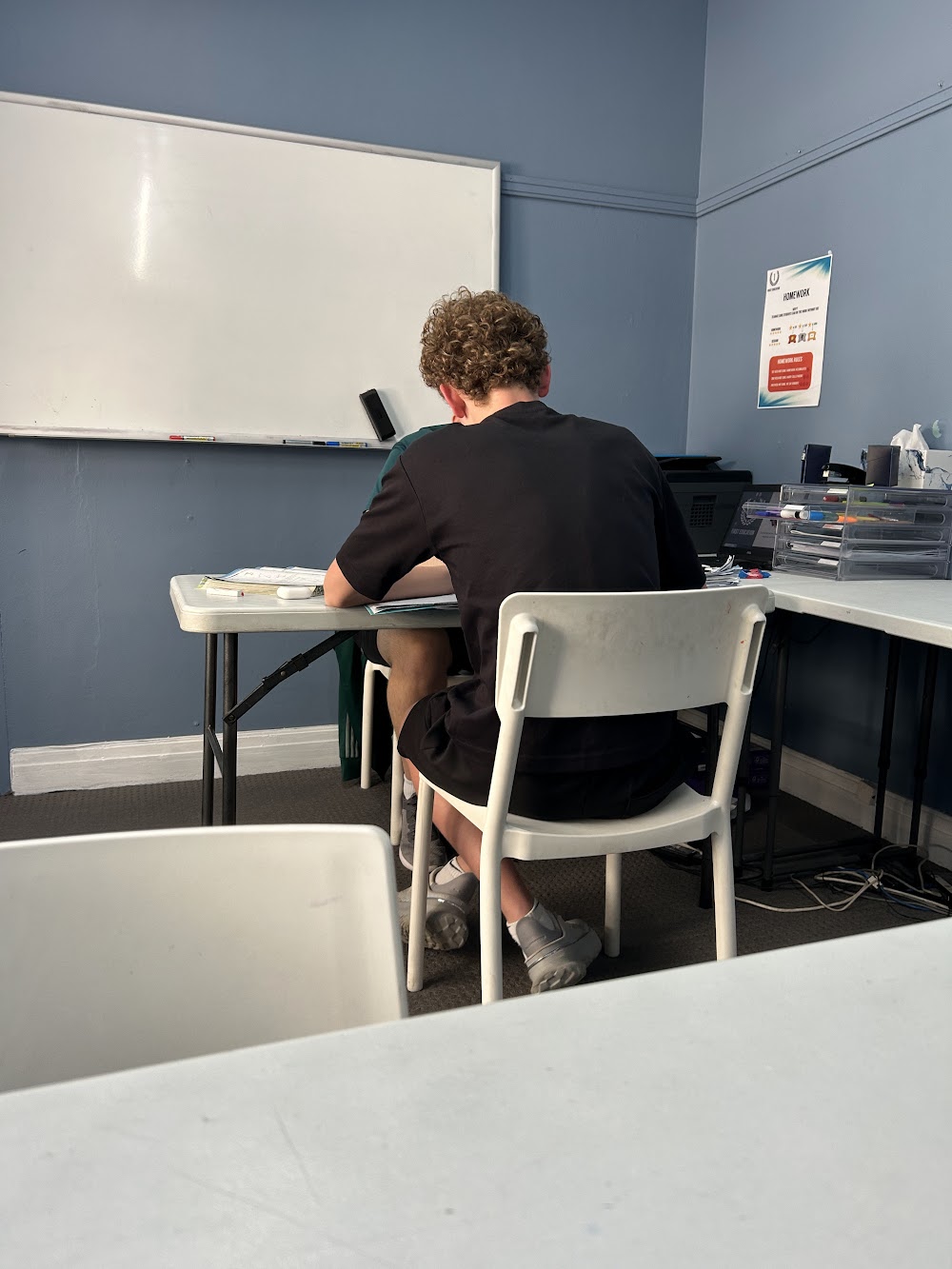
I observed a Year 8 math session where the student and tutor discussed what the student was doing in class to know what to focus on in the session. They focused on the topics of measures of spread and triangle angles such as co-interior, vertically opposite and corresponding etc. The tutor asked the student to do a few questions from the textbook to show the level of his knowledge and what he needs to work on. This also allowed the student to active recall what was learnt in school and building on that when approaching questions. The student was encouraged to do full working out and reasoning in his answers which is important in terms of figuring out angles with different reasons (e.g angles on a straight line = 180 degrees). This builds useful habits when approaching questions, allowing the student to gain the maximum marks available. After knowing what to focus on, the tutor pointed out questions to do during the session and helped the student when needed. By focusing on the topics that the student needs help with especially, it builds the student’s confidence to approach the questions and also solidifies and builds on previous and recent knowledge learnt. The tutor helped the student with proper reasoning and working out for questions and identifying the angles present in the questions. This builds up the student’s knowledge and confidence in approaching questions, as well getting used to the concept of the format of working out and the reasonings and angles present. More practice allows the student to also become faster in approaching these types of questions and allows more exposure to different types of questions in the topics. The tutor also helped break down worded diagram questions that the student had difficulty interpreting, allowing the student to know how to approach those tricky diagram and word problems.
Cynthia Lam



